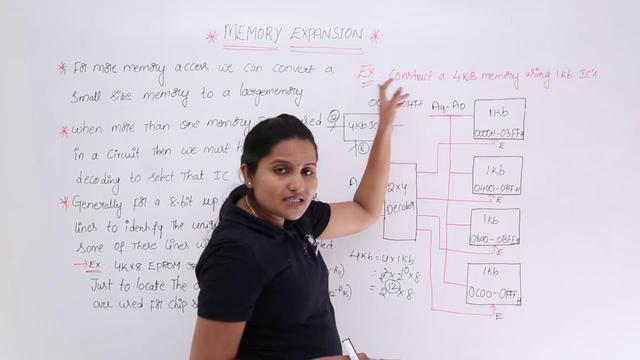Memory expansion
Implementation technology
Virtual storage technology is the main means to realize memory expansion. It regards external memory as a direct extension of memory, thus combining limited real memory (referred to as real memory) with large The capacity of the external memory is unified into a virtual memory (virtual memory for short) that is much larger than the actual memory, making the user feel that the main memory space is infinite. When a program is running, all its information is loaded into the virtual memory space, but in fact, the program can be stored in the memory as the part of the information involved in the execution, while the other parts are stored in the external memory. When the accessed information is not in the memory, the operating system is responsible for transferring the required part; when the memory space is tight, the operating system is responsible for transferring the temporarily unused information in the memory to the external memory to make room for necessary use .

Virtual storage technology enables each user job to correspond to a virtual memory, and the user does not need to consider the size of the real memory when programming, that is to say, a virtual memory is the logical address space of a job. The capacity of virtual memory is not directly related to the capacity of memory, but is determined by the number of bits in the address line of the processor.
It can be seen that the realization of virtual memory requires a certain material basis. If there is a considerable amount of external memory to store the job address space of multiple users, a certain capacity of memory is necessary to store the current job operation. Information and dynamic address conversion mechanism. Large-scale or relatively complete computer systems generally provide virtual storage technology, such as Intel 80386 and above microcomputers.
Latest: Expanded memory
Next: Parity check code








